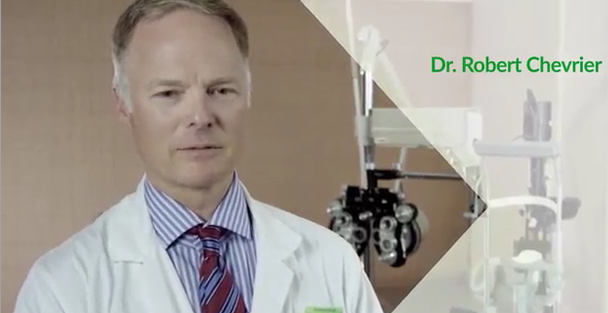For physicians and dentists who own and operate professional corporations, retirement planning presents unique opportunities to build wealth while minimizing tax exposure. A thoughtful strategy, one that integrates registered accounts, corporate structures, and compensation planning, can help ensure long-term financial security without compromising the cash flow of the practice.
RRSPs: Valuable but Limited by Compensation Structure
Registered Retirement Savings Plans (RRSPs) are a well-established tool for retirement savings. Contributions are deductible against personal income, offering immediate tax relief, and the investments grow tax-deferred until withdrawal. Upon retirement, when personal income is typically lower, withdrawals are taxed at a reduced rate.
However, RRSP contribution room is only generated through earned income. For incorporated professionals who pay themselves exclusively through dividends, this presents a limitation: dividends do not count as earned income and therefore do not create RRSP room. Professionals using a dividend-only compensation model must consider alternative savings vehicles to replace the RRSP’s role in their retirement strategy.
TFSAs: Flexible and Accessible for All Compensation Models
Tax-Free Savings Accounts (TFSAs) offer a versatile and tax-efficient way to save, regardless of how a professional is compensated. Contributions are made with after-tax dollars and are not deductible, but all investment growth and withdrawals are completely tax-free. Unlike RRSPs, TFSA contribution room is not tied to earned income, making it particularly valuable for those who rely solely on dividends.
TFSAs are ideal for medium-term goals, emergency reserves, or supplementing retirement income. Their flexibility allows for withdrawals at any time without penalty or impact on future contribution room, making them a key component of any retirement plan, especially for those with limited RRSP access.
Dividend-Only Compensation: Simplicity with Strategic Trade-Offs
Many incorporated professionals choose to pay themselves exclusively through dividends, attracted by the simplicity and potential tax savings. This approach avoids payroll taxes and CPP contributions and can streamline personal tax filings. However, it also comes with trade-offs that must be addressed in retirement planning.
Dividend-only compensation eliminates RRSP eligibility and future CPP benefits. As a result, professionals must rely more heavily on corporate retained earnings and TFSA contributions to build retirement capital. While this model can be effective, it requires careful coordination with an accountant to ensure long-term sustainability and tax efficiency.
Corporate Planning: Deferring Tax and Building Retirement Equity
Incorporated professionals can retain earnings within their corporation, taking advantage of the lower corporate tax rate and deferring personal taxation. These retained earnings can be invested within the corporation, allowing for long-term growth. When the funds are eventually withdrawn—ideally during retirement, when personal income is lower—they’re taxed at a reduced rate, helping to minimize the overall tax burden.
For dentists, an additional layer of planning often involves creating a separate investment or holding company (“Investco”) to which surplus after-tax profits from the professional corporation can be transferred, typically through tax-free intercorporate dividends. This structure helps protect practice earnings from business risks, facilitates passive investing, and supports future estate and succession planning. Dentists may also undertake purification steps to remove excess investment assets from the operating corporation, preserving access to the Lifetime Capital Gains Exemption (LCGE) on the eventual sale of the practice shares. Proper structuring between the dental corporation and Investco ensures efficient use of retained earnings, ongoing tax deferral, and flexibility when transitioning toward retirement or practice sale.
This strategy becomes especially important for incorporated professionals who use dividend-only compensation. Without access to RRSPs or CPP contributions, corporate investment planning becomes the primary engine for retirement savings. It allows for scalable wealth accumulation while preserving capital for future practice investments or personal needs.
Integrating the Strategy
A comprehensive retirement plan for an incorporated practice owner often involves a combination of tools. Where earned income is present, RRSPs provide immediate tax relief and long-term growth. TFSAs offer flexible, tax-free savings regardless of compensation structure. Corporate retained earnings serve as a powerful vehicle for deferred taxation and scalable investment. For those using dividend-only compensation, the emphasis shifts toward corporate and TFSA strategies, with RRSPs playing a limited or nonexistent role.
Ultimately, the key to successful retirement planning lies in early action and regular review. Working closely with an accountant ensures that your compensation structure, investment strategy, and tax planning remain aligned with your evolving goals, allowing you to build retirement wealth without disrupting the financial health of your practice.







